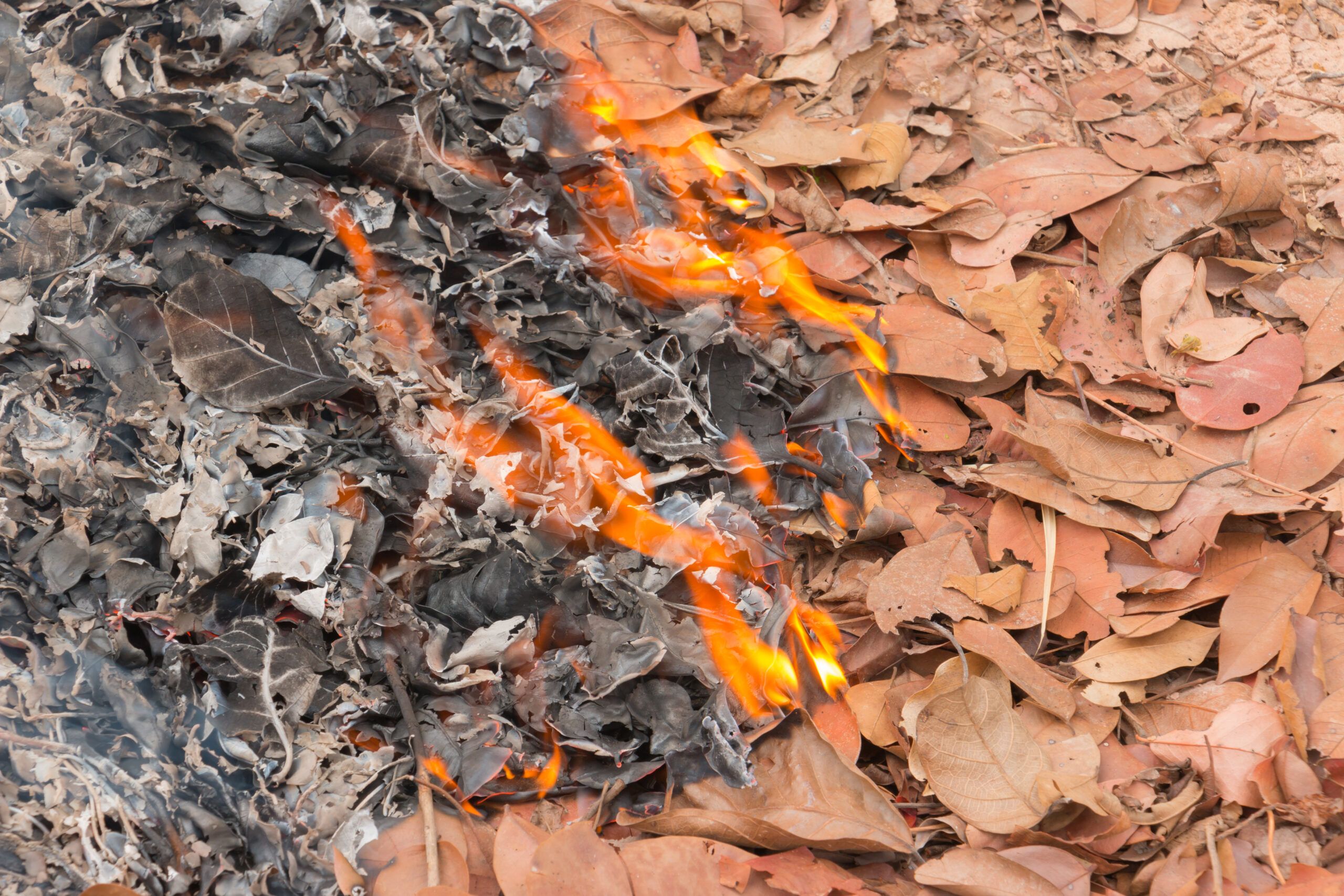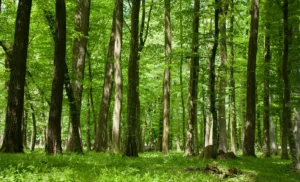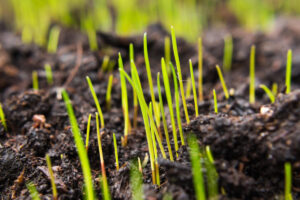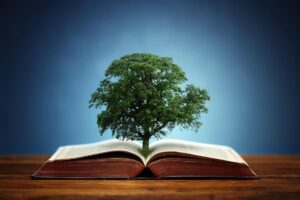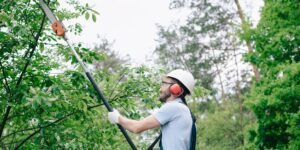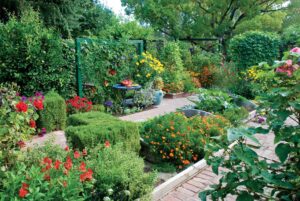A Comprehensive Guide to Understanding the Law
As autumn rolls in, many homeowners are faced with the daunting task of cleaning up the mountains of fallen leaves in their yards. One method that may come to mind is burning them, especially if you’re looking for a quick solution. However, before you light that match, it’s essential to know that burning leaves is not always legal, and there can be serious consequences if you don’t follow the rules.
In the U.S., the legality of burning leaves varies depending on your location, with different states and localities having their own regulations. The direct answer to the question is: In many parts of the U.S., burning leaves is illegal due to the environmental risks and safety concerns it poses. As noted by environmental law expert Dr. Sarah Montgomery, “While burning leaves may seem like a simple solution, it can contribute to air pollution, fire hazards, and even public health concerns. Many cities and states have moved away from allowing it, opting for safer alternatives.”
This article will explore the legalities of burning leaves, how to manage fallen leaves in an eco-friendly manner, and what you should and shouldn’t do when it comes to leaf disposal. We’ll dive into expert opinions, U.S. regulations, and practical advice to ensure that you handle your yard work responsibly.
Understanding the Legal Aspects of Burning Leaves
First, let’s discuss the primary legal issue surrounding the burning of leaves. In general, open burning, which includes burning leaves in a yard, is banned in many parts of the U.S. because it can release harmful air pollutants such as carbon monoxide, particulate matter, and volatile organic compounds (VOCs). These pollutants contribute to air quality problems and can negatively affect the health of individuals, especially those with respiratory issues such as asthma.
Federal Law vs. Local Regulations
At the federal level, the Environmental Protection Agency (EPA) has guidelines on air quality that limit the amount of particulate matter that can be released into the air. These guidelines do not specifically ban leaf burning, but they do require localities to manage air pollution and enforce clean air standards. As a result, many states and municipalities have stricter regulations on open burning. For example, the EPA’s Open Burning Rule is designed to limit outdoor air pollution, and it affects many states and cities that have air quality issues.
At the local level, burning leaves is regulated by city ordinances and state environmental laws. These laws vary significantly depending on where you live. Some states allow it in certain rural areas with fewer population concerns, while more urbanized areas often ban leaf burning altogether. Some states have exceptions for agricultural or forested areas where controlled burns are permitted under strict supervision.
For instance, in California, burning leaves in urban and suburban areas is illegal due to concerns about air quality and fire safety. The state has strict air pollution control programs and regularly enforces these regulations. On the other hand, in rural areas of states like Alabama or Arkansas, burning leaves is often permitted during specific periods when fire danger is low, and regulations are less strict.
Health and Environmental Concerns of Burning Leaves
The reason burning leaves is often prohibited is largely due to the environmental and health risks associated with it. According to the American Lung Association, burning leaves produces hazardous pollutants that are harmful to both human health and the environment. These pollutants include:
- Particulate Matter: Small particles that are inhaled into the lungs, causing respiratory issues, particularly for children, elderly individuals, and those with pre-existing lung conditions.
- Carbon Monoxide: A colorless, odorless gas that can be harmful when inhaled in large quantities, leading to dizziness, headaches, and even death.
- Volatile Organic Compounds (VOCs): Chemicals that can contribute to smog formation, creating long-term environmental damage and health problems.
As Dr. Montgomery mentions, “While burning leaves may offer temporary relief from the piles in your yard, it’s not worth the damage it can cause to public health and the environment.”
The Do’s and Don’ts of Burning Leaves
If you live in an area where burning leaves is still legal, there are specific guidelines you should follow to ensure that you’re doing it safely and responsibly.
Do’s of Burning Leaves
- Check Local Regulations: Before lighting a fire, always check your local laws and ordinances to confirm if burning leaves is allowed. Some places have specific days or times during which you can burn leaves, while others have a total ban.
- Burn During Safe Conditions: If it’s legal to burn, always burn leaves when the weather conditions are safe. Avoid burning on windy days or during dry periods when the risk of fire spreading is higher.
- Use a Safe Fire Pit or Container: To minimize the risk of fire hazards, use a controlled burn container or fire pit. This will help contain the flames and prevent them from spreading to other areas.
- Have Water or a Hose Nearby: Always have a water source nearby in case the fire gets out of control. Make sure to fully extinguish the fire once you’re finished.
- Burn in Small Amounts: Rather than burning a large pile at once, burn leaves in smaller, manageable amounts to reduce smoke and fire risk.
Don’ts of Burning Leaves
- Never Burn on Windy Days: Wind can spread fire quickly and unpredictably, putting your property, neighbors, and the surrounding environment at risk.
- Don’t Burn Other Materials: Only burn leaves. Never burn trash, plastic, or any other material that could release harmful chemicals into the air. Burning non-leaf materials can lead to toxic fumes and pollute the environment.
- Don’t Leave a Fire Unattended: Always keep an eye on the fire while it’s burning. Never leave it unattended, and make sure it’s completely out before you walk away.
- Avoid Burning in Restricted Areas: Even if it’s legal to burn leaves in your area, some neighborhoods or regions (like near forests or in highly populated areas) may have specific bans due to fire risk or air quality concerns. Always adhere to these local restrictions.
- Don’t Burn in Residential Areas Without Permission: Even if your town doesn’t explicitly ban leaf burning, some residential areas or homeowners’ associations may have rules against it. Make sure to check with your local authorities or HOA before burning.
Alternative Ways to Manage Leaves
If burning leaves is illegal or unsafe in your area, there are plenty of other eco-friendly options for managing fallen leaves. These alternatives not only help keep your yard clean but also protect the environment and your community.
1. Composting
One of the best ways to deal with leaves is to compost them. Leaves are rich in carbon and are a great addition to your compost pile. When combined with nitrogen-rich materials like grass clippings or food scraps, they break down into rich, dark compost that you can use to fertilize your garden.
2. Mulching
Instead of burning leaves, you can mulch them using a lawn mower with a mulching attachment. This method cuts the leaves into small pieces and allows them to break down into the soil, enriching the earth and providing natural fertilizer.
3. Leaf Collection Services
Many municipalities offer leaf collection services in the fall. These services pick up your leaves and either compost them or dispose of them responsibly. Check with your local waste management service to see if this is available in your area.
4. Leaf Blowers or Rakes
If you’re trying to avoid burning, consider raking the leaves into bags or using a leaf blower to collect them. You can then dispose of them in a compost bin, or in some areas, take advantage of municipal leaf collection services.
5. Leave Them for Wildlife
In some areas, you might consider leaving your leaves on the ground for wildlife to use. They can provide shelter for small creatures such as insects, frogs, and birds. Additionally, leaves that are left in your yard can provide important nutrients as they break down.
Conclusion
While burning leaves may seem like a quick fix for yard work, it’s crucial to consider the legal, environmental, and safety aspects before you proceed. In many areas, it is illegal to burn leaves due to the health and environmental risks associated with it. Always check local regulations, and if in doubt, opt for safer, eco-friendly alternatives like composting or mulching. By managing your leaves responsibly, you’ll not only stay compliant with the law but also contribute to a healthier environment for yourself and your community.
For more information on local regulations and environmentally friendly leaf disposal, visit EPA Leaf Burning Guidelines.
